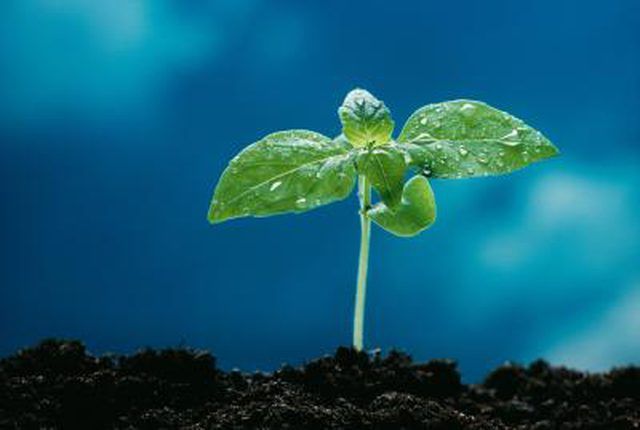Bulbs
Flower Basics
Flower Beds & Specialty Gardens
Flower Garden
Garden Furniture
Garden Gnomes
Garden Seeds
Garden Sheds
Garden Statues
Garden Tools & Supplies
Gardening Basics
Green & Organic
Groundcovers & Vines
Growing Annuals
Growing Basil
Growing Beans
Growing Berries
Growing Blueberries
Growing Cactus
Growing Corn
Growing Cotton
Growing Edibles
Growing Flowers
Growing Garlic
Growing Grapes
Growing Grass
Growing Herbs
Growing Jasmine
Growing Mint
Growing Mushrooms
Orchids
Growing Peanuts
Growing Perennials
Growing Plants
Growing Rosemary
Growing Roses
Growing Strawberries
Growing Sunflowers
Growing Thyme
Growing Tomatoes
Growing Tulips
Growing Vegetables
Herb Basics
Herb Garden
Indoor Growing
Landscaping Basics
Landscaping Patios
Landscaping Plants
Landscaping Shrubs
Landscaping Trees
Landscaping Walks & Pathways
Lawn Basics
Lawn Maintenance
Lawn Mowers
Lawn Ornaments
Lawn Planting
Lawn Tools
Outdoor Growing
Overall Landscape Planning
Pests, Weeds & Problems
Plant Basics
Rock Garden
Rose Garden
Shrubs
Soil
Specialty Gardens
Trees
Vegetable Garden
Yard Maintenance
How to Prune Indian Hawthorn Shrubs
How to Prune Indian Hawthorn Shrubs. Glossy, dark green foliage that persists across the winter is one attractive characteristic of the Indian hawthorn (Rhaphiolepis indica and Rhaphiolepis umbellata). The shrub also is relatively tidy and compact in its growth, rarely needing pruning, except perhaps for trimming back selective out-of-bounds twigs....

Glossy, dark green foliage that persists across the winter is one attractive characteristic of the Indian hawthorn (Rhaphiolepis indica and Rhaphiolepis umbellata). The shrub also is relatively tidy and compact in its growth, rarely needing pruning, except perhaps for trimming back selective out-of-bounds twigs. With little pruning maintenance needed, the five-petaled flowers in late spring are seen in good numbers, as are the dark-purplish black berries in autumn. Select the right size of Indian hawthorn for your garden so that you don't need to cut it back severely to keep it in bounds.
Things You'll Need
Hand pruners (secateurs)
Look over the Indian hawthorn shrub in early spring, noting any awkwardly reaching branches or stems that may jut out from the overall dense, rounded foliage mass. Also look for any dead or damaged branches that should be immediately removed.
Tip-prune stems that are too long with a hand pruners, making the cut 1/4-inch above a living lower leaf, branch stem or dormant bud. Remove dead stems and branches by making the cut 1/4-inch above their connections to the main trunk or side branches, or above a dormant lower bud or swollen scar in lower stem tissue that is still alive. Living stems are bendable and somewhat soft to the touch, unlike dry, rigid dead twigs.
Maintain the current size and shape of the hawthorn by pinching or cutting tips of the new growth that spreads out in late spring after flowering wanes. By selectively cutting off the soft green growth tips on certain branches, the perfectly sized sides of the shrub can be retained while shorter, untouched branches can be allowed to add more foliage and stem length.
Prune diseased branches or those damaged by browsing animals such as deer or by severe weather as needed. Follow the guidelines in the second step.
Tips & Warnings
Deer are known to forage upon this shrub, and may defoliate hawthorn shrubs or render them lopsided and ugly after a feeding. Corrective prune these harmed shrubs in spring or early summer so that regrowth is strong and vigorous; don't prune in fall or winter.
Do not shear the foliage with hedge trimmers. Leaves that are cut in half have a tendency to brown or sun-scald and will make the hawthorn look sickly and ugly.